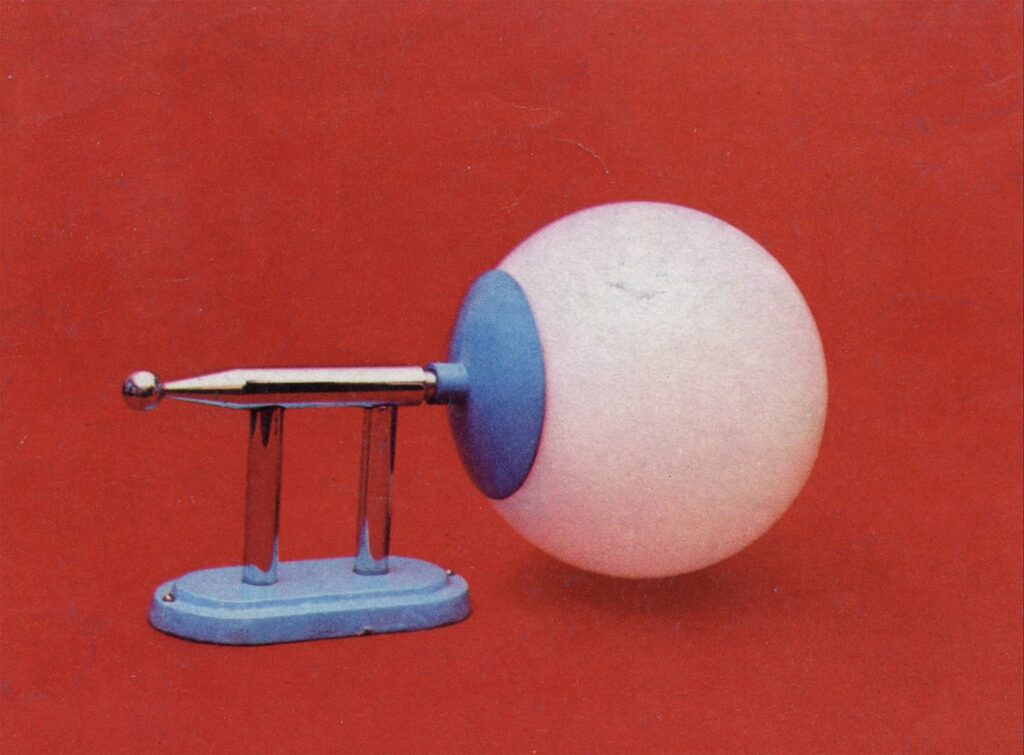
Kelly Sears isn’t impatient, but she’s eager for the 2025 Brakhage Symposium to begin.
“I’m ready to hit play and see it unfold,” the CU Cinema Studies & Moving Image Arts associate professor and filmmaker says.
She’s not alone. For anyone interested in experimental and poetic cinema, the Brakhage Symposium — March 1-2 in the ATLAS 100 auditorium on campus — is the kind of international event that makes Boulder unique in the cinematic firmament. It’s why Sears is getting messages from artists “around the country who are saying: ‘I need some inspiration. I’m flying out for it.’”
And for Sears, the interim director of the Brakhage Center for Media Arts, the 2025 Symposium has been a long time coming. Five years, to be precise. In the previous decade, the showcase was de rigueur every spring at CU. But then came COVID-19 in 2020, and that year’s event, scheduled for March 14-15, was one of the first things canceled as the campus shut down.
“I feel like right now, it’s extra important for us to gather in person and have community experiences,” Sears says. “And having an opportunity to just be with one another. I still feel that is a huge value after COVID, where we really disbanded. And this is an invitation for us to come back together.”

An international affair
This year’s symposium will bring together the work of three multi-hyphenate artists: Mike Hoolboom, a Canadian media artist whose work covers the gamut from capitalism to pop culture; the India-born Shambhavi Kaul, a professor in Duke University’s Art, Art History & Visual Studies department specializing in environmental and speculative work; and Beijing’s Lei Lei, who weaves together fragments of abandoned images and video to create new poetic works.
The connective tissue of the three: Jim Supanick, a CU lecturer and programmer in residence who has worked with UnionDocs in Brooklyn and Flaherty NYC. Sears collaborated with Supanick to bring together filmmakers who represent “a next-level and independent spirit.”
For Supanick, that meant graphing the curation around the Toronto-based Hoolbook, Sears explains. “Mike’s work goes back to the 1980s — he’s so prolific — and his work is eerie, beautiful, profound, deep, mysterious.”
After Hoolboom accepted the invitation, Sears says that Kaul and Lei “came into focus in terms of these questions about travels and passages.”
To round out the program, Supnick suggested a tribute to the recently departed Lillian Schwartz.
“She is a pioneer of computer-generated art and animation,” Sears explains. “It is incredible stuff. She started making work in the 1970s at Bell Labs.”
Schwartz, who died last October at the age of 97, was a giant in the field.
“But it’s been hard to see her work,” Sears says. “So we got in touch with Kristen Gallerneaux at The Henry Ford in Michigan [where Schwartz’s work is archived]. Kristin will also be joining us at the symposium to share a little bit about Lillian’s archive and Lillian’s history.”
Also attending the Schwartz tribute is Rebekah Rutkoff, who was a close friend of Schwartz and wrote “a beautiful article in Artform about her work.”
The addition of the Schwartz tribute was a fortuitous strike.
“We wanted to honor Lillian, but then realized: ‘Oh, there’s some real conversations happening between Lillian’s work and the other three filmmakers,” Sears says. “It just keeps coming more into focus.”

The Brakhage invitation
Like all Brakhage Center events, the March screenings are free and open to the public.
“That’s kind of the ethos of the symposium: An invitation,” Sears explains. “We’ll be doing introductions for all the filmmakers we’ll be screening. Because we want to invite people into the work, we want people to have the door open and have a way to enter.”
And enter you should, as the work you will see here is not something you’re going to readily find streaming.
“If you spent the day on Google, you would not get a fraction of what we’re going to be showing,” Sears says. “But, the other thing is, when you’re searching online, you’re usually at home alone.”
So Sears circles back to her greatest anticipation for this year’s Brakhage Symposium: familiar and new faces gathering together to enjoy “some really poetic, exciting new forms of cinema.”
“I think it’s going to be an incredible weekend,” she says. One she hopes “will open the door for more possibilities.”
ON SCREEN: The Brakhage Symposium, March 1-2, ATLAS 100, University of Colorado. Free
